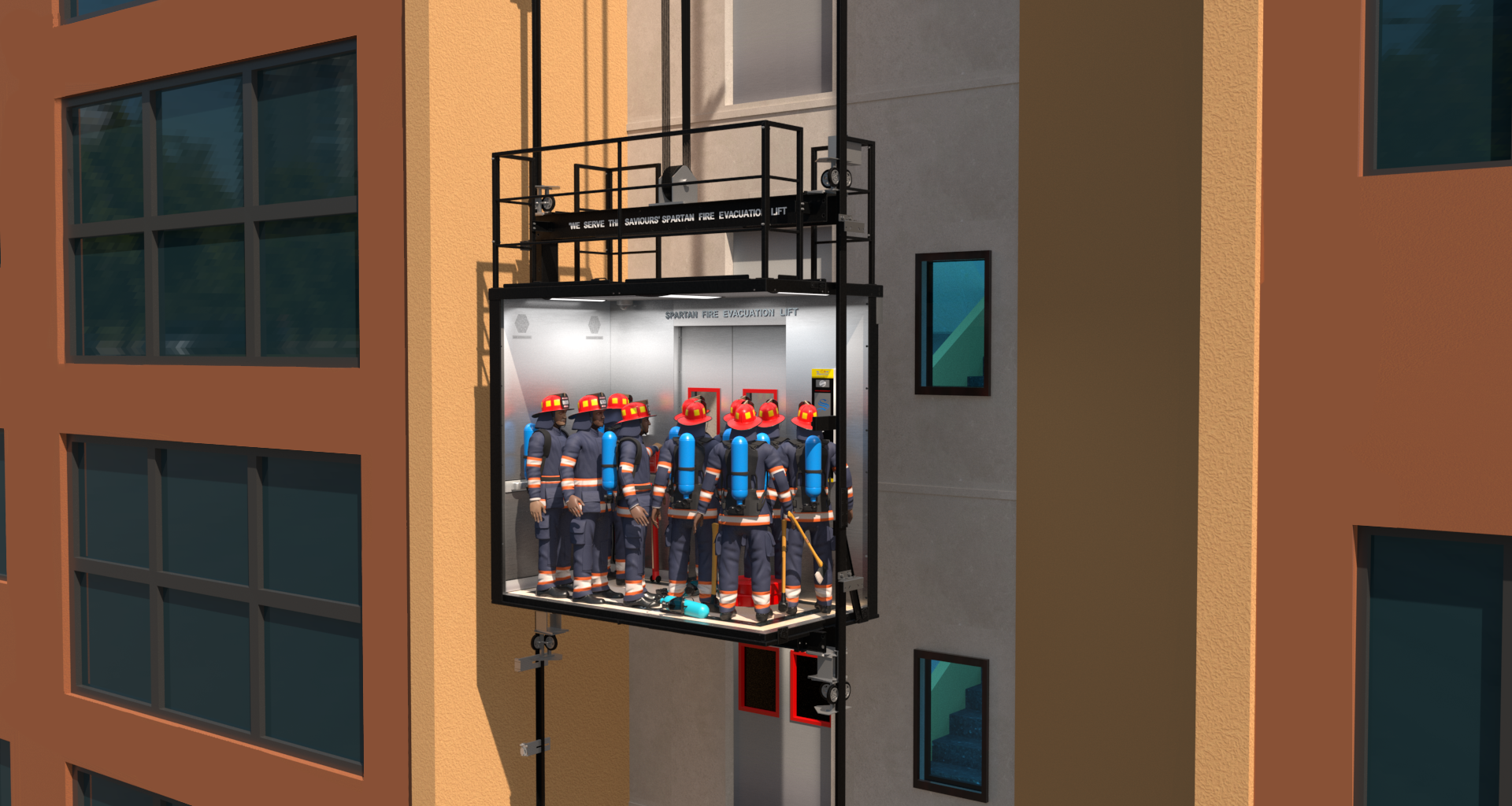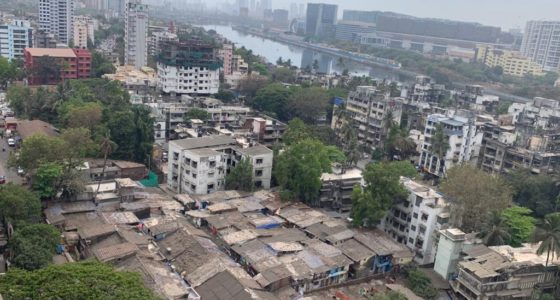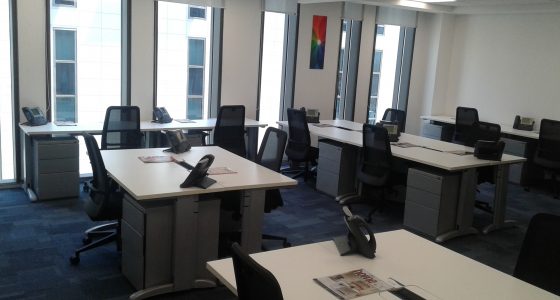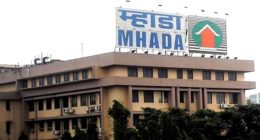By Dr. Vikram Mehta
As the monsoon season has begun, people are concerned about fire safety and evacuation preparedness. The nation has witnessed devastating fire incidents of Delhi Baby Care and Rajkot Gaming Zone Fire which have shaken people nationwide. These incidents have raised questions about Fire Safety and Fire Evacuation preparedness, especially now that we are entering the monsoon season, which is prone to major fire accidents.
During monsoons, the increased water indoors and outdoors can lead to issues like waterlogging, short circuits, potholes, and electrical system failures that can trigger fires. The uprooting of trees due to heavy rains is another risk factor that can cause fires. The BMC has recorded 106 complaints about the uprooting of trees or branches falling due to rains between June 9 and 22. In the 2023 Monsoon Season, Mumbai recorded 1500 fire calls from June to September.
In the monsoon, common factors such as traffic jams, waterlogging, falling branches, and narrow lanes make firefighting and rescue operations difficult as fire brigade officials struggle to reach the destination in time. There is also a risk of short-circuits due to heavy rains, causing the smog to spread in seconds, particularly in a coastal city with high wind velocity. As a precautionary measure, the MMRDA has established a 24×7 control room for the Monsoon Season. The southwest region is at risk of various weather hazards, including wildfires, flash floods, and dust storms in the monsoon, making it crucial for high-rises and older buildings in the city to assess and set up adequate fire evacuation frameworks to deal with distress calls.
To ensure safety, a fire evacuation lift provides a much better option compared to other fire evacuation systems. It can be used seamlessly for evacuating people stranded inside the building, allowing firefighters to reach higher floors faster and safer. These lifts are equipped with advanced technologies like IoT, a trap door for emergency exit, a non-combustible material cabin, and side panels with ceramic wool with a two–hour fire rating, making them essential during the monsoon.
Fire safety protocols and Evacuation preparations to follow during Monsoon:
1. Preventive Maintenance of Fire Suppression System: It is important to regularly check and test fire sprinklers and extinguishers, especially during the monsoon season. Make sure to inspect and replace batteries in smoke detectors and fire alarms to ensure they are working properly. Also, cover outdoor electrical equipment and appliances to protect them from rain and reduce the risk of electrical failures.
2. Property Maintenance: Clear gutters to prevent water accumulation near structures, Trim trees and shrubs to reduce the risk of lightning strikes. Clear brush at least thirty feet away from the building and remove anything blocking access to fire hydrants and fire department connection lines.
3. Safety Protocols: Develop an evacuation plan in case of emergencies and ensure everyone is well-versed in the escape routes. Unplug unnecessary appliances and avoid windows during severe thunderstorms. The buildings having a height of 70 meters or above should install the Fire Evacuation Lift and get trained to use it during an emergency.
4. Waterlogging Mitigation: To combat waterlogging, MMRDA has strategically stationed 131 de-watering pumps across project sites to ensure efficient drainage. The occupants need to take care of garbage disposal to avoid waterlogging.
5. Safer Infrastructure Projects: In Mumbai, around 200 high-rise buildings are under construction, increasing the chances of fire accidents. These projects need routine check-ups of electrical machinery, functional fire safety equipment, and the installation of fire evacuation lifts for faster and safer evacuations to obtain the Fire NOC.
6. Security from Health Threats: The smoke generated by wildfires poses the greatest health threat to those with heart and lung conditions, especially older adults and children. Having fire evacuation lifts in buildings, malls, schools, and hospitals can prevent the spread of smoke or fire and allow people to evacuate themselves on time without waiting for the fire brigade.
In summary, the integration of fire-resistant materials in building construction significantly enhances safety by containing fires, preserving structural integrity, protecting escape routes, and minimizing property damage. Adherence to rigorous fire safety standards and installing fire evacuation lifts will create more resilient and secure environments.
Dr. Vikram Mehta, is the MD of SPARTAN Fire Evacuation Lift
Also Read: The Need For Vertical Fire Brigade In High-Rise Constructions









